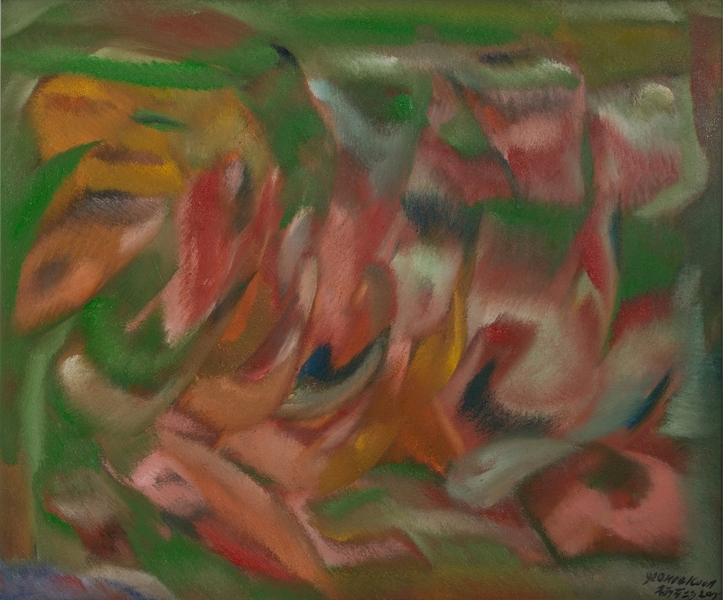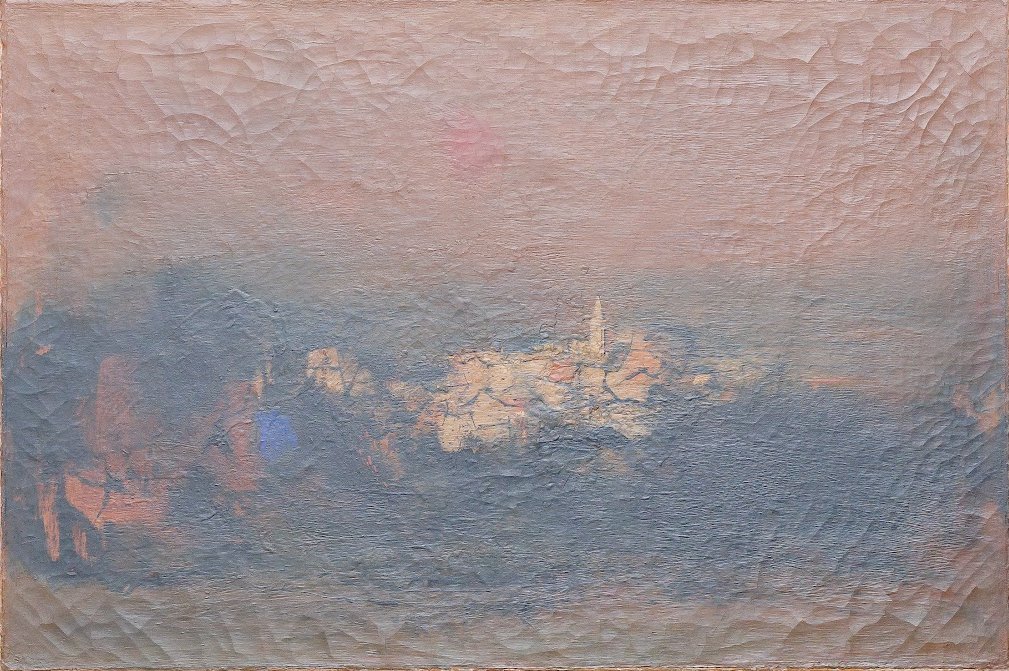Acrylic Painting on Canvas Team Bonding Art Jamming Singapore Visual Arts Centre
























Yeo Hoe Koon
Oil on Canvas
64 x 89.5 cm
Price Range: $16,000 - $20,000

Yeo Hoe Koon
Oil on Canvas
101 x 123 cm
Price Range: $26,000 - $32,000

Chen Wen Hsi
Chinese Ink and Color on Paper
50 x 54cm
Price Range: SGD $42,000 - $50,000

Cheong Soo Pieng
Red Tone
61 x 91.5cm
Price Range: SGD $108,000 - $138,000

Cheong Soo Pieng
Abstract Landscape
50 x 61cm
Price Range: SGD $95,000 -$128,000

Fan Shao Hua
Chinese Ink and Colour on Paper
100 x 100cm
Price Range: SGD $9,800 - $14,800

Fan Shao Hua
Chinese Ink and Colour on Paper
100 x 100cm
Price Range: SGD $8,800 - $13,800

In need of a holiday away from school or work commitments?Pack your bags and get ready to fly! Aren’t we all always excited to travel? We think of the food to eat and beautiful places to take in. When we arrive in Europe, we take in the beautiful landscapes and architecture surrounding you. Instinctively, we hold up our phones and cameras and off we go snapping away! But wait, is there anything else that we could do?
Quick Sketching, as its name suggests, is the act of doing a quick sketch of a place or an environment that you observe. It is a form of live drawing – observing and drawing the things before you. When we do quick sketches, we do not capture the minute details and textures of our subjects. We are simply doing an outline of the subject and sketching it in our book. Do a simple outline of the place and sketch it in your book, bring along your hand drawn memories wherever you go! How do you do it? Drawing and sketching is the key!
Train your eye in observation, look at the outline, shape and size of the surroundings. Regardless if it is the mountains, lakes, trees or buildings……observation is the most important thing.
Once you are done observing, practise in your sketching book. Because practise makes perfect!
Quick sketching is all about perspective, gain an understanding of the different perspectives to make your works stand out. Once you get the idea of perspective, slowly add it into your sketching outline, and this is when you add texture and materials to your drawing.
速写(quick sketch )顾名思义是快速写生的意思,是一种对照实物迅速写生勾勒的方法,当你去旅游时,面对美丽的大自然景色,除了赞叹、拍照、惊呆、还能做什么?
你还能做一件事,把美景迅速画下来,几笔简练线条勾勒出美丽的景观,留下永久的记忆。怎么才能练到快速并且准确描绘出山川、河流、树木、鲜花以及风景透视呢?
素描是速写的基础,只有大量地画素描,训练绘画的准确性,加以线条提炼,准确概括物体形状,不需要加上色调明暗和质感效果,主要是以线为主,要求线条准确。而速写风景画首先练习素描的画线方法,然后学习风景画透视,一点透视和两点透视,再学习树木、山川的线条表现方法。画好风景速写,那你的欧洲旅游又多了一个乐趣,带上速写本、笔、随心所欲游欧洲吧。
马林贝尔要赛城堡
速写
布拉格
速写
卢塞恩
速写
韦吉斯
速写
Munich, Marienplatz 慕尼黑
速写
Venice 威尼斯
速写
快来新加坡视觉艺术参加我们的素描速写课吧!
Once you have mastered your quick sketch skill, what a joy! One more thing to pack in your bag, but you will be thankful for it! Want to learn the basic of drawing and sketching to show case your talents overseas?
Join us here at Visual Arts Centre for an exciting drawing and sketching session, head over to the link provided for more details!
http://visualartscentre.sg/courses/drawing–and–sketching–classes/
We will guide you from the basic, and let you learn step by step the skills required for drawing and sketching. From observation to sketching to texture, we will cover the fundamentals.
What are you waiting for? Email us today at info@visualartscentre.sg or give us a call at 6733 2155 or 6255 0711.
课程时间表 Lesson Schedule | |||
| Mon | 5pm – 7:15pm | 7:30pm-9.45pm* | |
| Wed | 11am-1.15pm | 1.30pm-3.45pm* | |
| Thurs | 11am-1.15pm* | 3.30pm – 5.45pm | |
| Sat | 10.30am-12.45pm | 1pm-3.15pm | 3.30pm-5.45pm |
| Sun | 10:30am-12:45pm (NEW) | 1pm-3.15pm* | |
| Sun (Kids) | 11am-12.30pm | 3:30pm-5pm (NEW) |
请关注我们的网站: https://visualartscentre.sg/ 查看课程详情

“Reality never lies.”
Someone who is uncomfortable or unfamiliar with looking at someone else’s naked body will always ask “Why on earth must we stare a naked model? Why can’t we just have a mannequin or photos of naked models?”
When you draw a life model, what you are actually doing is capturing the world as it is really is. This includes studying the proportions of the body parts, the shadows on the model (depending on where the light is at), the form and shape of the model and also the perspective. These are essential elements that really builds the foundation of your drawing and sketching journey.
Moreover, by staring and really observing the facial features and body parts of the model (rather than a photograph), you are in the process of training your eyes to see things the photograph cannot picture.
What is also beautiful about nude life drawing is that when you are in the studio doing it, your objective as a student is to represent the model’s image and not judge the masculinity of femininity of the model.
“The human body is intricate and complex – there is so much to learn about the human body.“
One might also ask “Why must the model be naked and not partially or fully clothed?”. After all, we can still see some skin and muscles if the model is partially or fully clothed, no?
Well technically, you could get a fully clothed model to sit in the middle of 10 strangers but that is better known as a Portrait Drawing Session. For nude life drawing, as the name suggests, will require the model to be naked but for good reasons – “The human body is intricate and complex.”
Getting a good gauge of the model is not just looking at the cheek bones on the model’s face or the toned shape of the muscles. It is also about observing the way the model stands, which leg is taking more weight of the body and the tension present when he/she holds a certain pose. It is generally much more difficult to see the muscles and bone structure when there is clothes on.
Different art studios will have different ways of conducting the nude life drawing sessions. There are studios who have these sessions running for only 150mins or less. Such studios will usually have their models do some quick poses in the beginning of the session to get everyone familiarised with the basic techniques needed for nude life sessions. After which, there will be a long pose where the students can observe longer and more carefully, for a more detailed drawing. Some other studios might have the model do the same pose, running the nude life sessions for weeks and months. This would allow students to focus on the same drawing and have the drawings touched up to almost perfection. Students can also choose to focus on different facial features or body parts for each session, should they feel that they need to improve their drawing for certain body parts.
Visual Arts Centre is one of the few art studios in Singapore that provide and appreciate nude life drawing sessions greatly and we would love for you to join us on our monthly adventure! If you are still not comfortable with nude life drawing, fret not because we do provide portrait drawing sessions as well! Click on the links below to find out more about the workshops we have here!
Purchase 4 workshops for only $280.
Contact us at 6255 0711 or drop us an email at info@visualartscentre.sg for more information about the workshops.
|
|
|||||||||||||||||||||||||||||||||||||||||||||||||||||||


SAT |
10:30am - 12:45pm1pm - 3pm
|
SAT |
|
10:30am - 12:45pm1pm - 3pm
|
|



Address:
10 Penang Road, #01-02 Dhoby Ghaut Green,
Singapore 238469
Exit from Dhoby Ghaut MRT Station Exit B and turn left, we are there in 30m!

Address:
AZ@Paya Lebar, 140 Paya Lebar Road, #03-04,
Singapore 409105
Exit from Macpherson MRT Station Exit A and turn left, we are right across the road, 1 minute walk away!
Have any questions? Please drop us an enquiry form and we’ll respond to you as soon as we can!
"*" indicates required fields
Click and get to our WhatsApp
Embark on a captivating journey into the vibrant world of digital art! Our Foundation in Digital Art workshop invites budding creatives aged nine and above to unleash their imagination and hone their artistic skills in a dynamic, supportive environment. From mastering basic digital tools to crafting mesmerizing digital masterpieces, children will explore a spectrum of techniques guided by seasoned mentors. Through hands-on activities and interactive sessions, participants will discover the endless possibilities of digital expression while fostering creativity and critical thinking. Join us for an exhilarating adventure where young artists transform ideas into stunning visual realities, igniting a passion for digital art
In the Batik Introduction Handkerchief Painting workshop, participants will learn the traditional art of batik, a wax-resist dyeing technique originating from Indonesia. The workshop begins with a brief history and overview of batik, highlighting its cultural significance and various techniques. Participants will then observe a demonstration of applying wax with tjanting tools and dyeing the fabric. Following the demonstration, each participant will design and create their own batik handkerchief, applying wax to create patterns and then dyeing their fabric. The workshop concludes with a group discussion, allowing participants to share their creations and reflect on their learning experience.